The Rhythm Code Book Giveaway
We are giving aways 10 books (5 paperback, 5 ebooks)
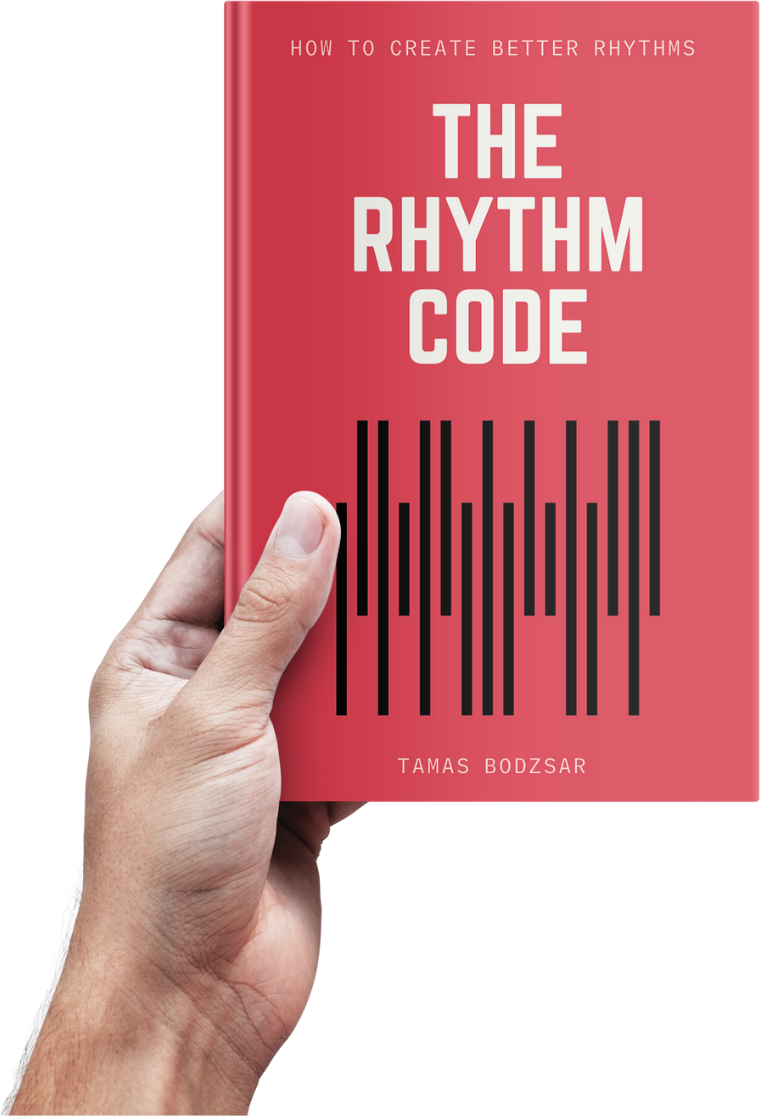
Enter to win a free copy of
The Rhythm Code
You can only participate if you have a PROPER Goodreads profile/account!
And by "proper", we mean you have a Goodreads profile that doesn't look fake: You have a profile photo (showing your face), you have other books added, you wrote reviews to other books, etc.
Profiles that look fake (no profile photo, no other books added) will NOT be eligible to participate in this giveaway.
How to Enter
Step 1
Fill out this form below with your details. Make sure you use the same name as it is seen on Goodreads! (You won't participate if you don't fill out this form.)
Step 2
You will get an email with the link to the Goodreads page of the book.
Step 3
Click on the button "Want to read". You won't participate if you didn't add the book on Goodreads!
About The Rhythm Code
Rhythm is the most overlooked topic in songwriting, even though it's one of the most important aspects of it. You can make a huge impact on your listener if you create a better rhythm with your melodies, chord progressions, or bass lines. A good song just makes you move. That is the power of a good rhythm.
But what makes a good rhythm? Nobody knew it until the Rhythm Code.
What’s the Rhythm Code?
The Rhythm Code is a hidden system behind many successful songs. It is used by all successful songwriters, even though they are probably not aware of it. The Rhythm Code is used in ALL genres: pop, rock, jazz, EDM, country, funk, R&B, Hip Hop, Reggae, Latin.
What do you mean by “hidden”?
The Rhythm Code is a hidden system the same way a musical key is a hidden system. For example, in a song, there are melodies, chords, intervals, and they all give us CLUES that they are in a common system: we call this tonality or “key”. For example “the key of C major”.
A typical song doesn’t necessarily contain all the notes of the C major key, yet we know that it’s in the key of C major. Because we know the theory of the hidden system behind it. But even if the song does contain all the notes of the key, you don't hear all the notes at once... but if you collect all the notes of the song, you can see that there is a system in it. A system that we call the "key".
The same applies to the rhythm. After analyzing hundreds of songs, I realized that there is a very similar hidden system in musical rhythm.
We have had a theory for tonality for a very long time now, but this is the first time we have a similar theory for rhythm.
Just to make things clear: The Rhythm Code is NOT a copy-paste pattern! It's a system, with endless possibilities.
Why is it important?
The Rhythm Code is the most popular rhythmic system on the planet. It is used by ALL top producers and songwriters. People like Max Martin, Taylor Swift, Ed Sheeran, Adele, Michael Jackson, Stevie Wonder, Red Hot Chili Peppers, Foo Fighters, and so on. Even though they are probably not aware of it.
It’s an extremely useful hack for songwriters and producers because, with the help of the Rhythm Code, we can create better grooves, better melodies, better drumbeats, better bass lines, better horn arrangements. It is literally everywhere in the song arrangements in highly successful songs.
Remember, rhythm is not only drums and percussions. Melodies have a rhythm, bass lines have a rhythm, in fact, every single note in your music is placed on a timeline, which we call rhythm.
This is how I found a hack for musical rhythm
In 2010, I got the idea of writing my own songs in the style of Cuban Salsa. (Which is kind of weird, since I’m not Cuban.) The problem was, even though I played some Cuban songs before, I didn’t know anything about how to create those complex rhythms to arrange my own songs.
So I started to transcribe many of those songs and analyzed their rhythm to understand it. What the horn section is playing, what the piano, the bass, the drums are playing. Unconsciously, I came up with the idea of creating a visual “map”, kind of like a guide that helped me create salsa arrangements. And it worked!
My first Salsa song became relatively famous amongst salsa dancers around the world. They sent me many videos from 50 countries where they dance to my song. On top of that, a hotel in Havanna, Cuba used this song in their promotional video. (This was kind of a big deal for me, a Cuban hotel promoting Cuba with my song.) And many people are still surprised when they found out that this song is not made by a Cuban band, but by a songwriter from Europe.
It was only later that I realized that this “map” of rhythm is not only in Cuban music. It’s literally everywhere. One of my biggest surprises was when I realized that the song “Happy” by Pharrell Williams is using the Rhythm Code.
Since then, I analyzed more than 2000 songs in popular genres. It turns out, the Rhythm Code is everywhere. Do you want to know the biggest secret of Max Martin? It’s not melodic math. It’s the Rhythm Code.

Hi, I'm Tamas
I started to self-educate myself about music when I was 7 years old. We had a piano at home and I played the songs on it with one finger just by listening to the melodies. Since then, I have spent the past 31 years studying music (and I still self-educate myself today, still learning new things).
Using the Rhythm Code, I wrote my first original song in 2014 and competed with it at the world's biggest songwriting competition amongst 80,000 songwriters. With this very first song, I was a finalist which means it was better than 98% of the songs in the competition (only the top 2% of the songwriters get into the finals).
Since then, I have spent the past 7 years studying successful songs, and how songwriters and producers create their music, including people like Max Martin, Taylor Swift, Ed Sheeran, Adele, and many others. Now, I have a whole "toolbox" for songwriters that can be used to write effective and catchy songs. Here is one of my latest songs:
https://bit.ly/3VCPcsA

Enter Giveaway
Here’s what people are saying about the book
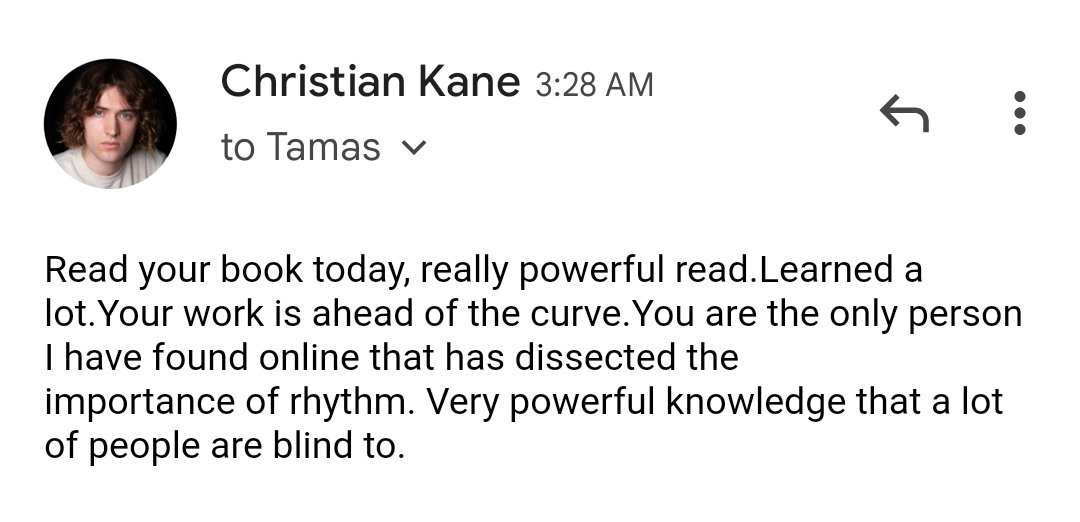
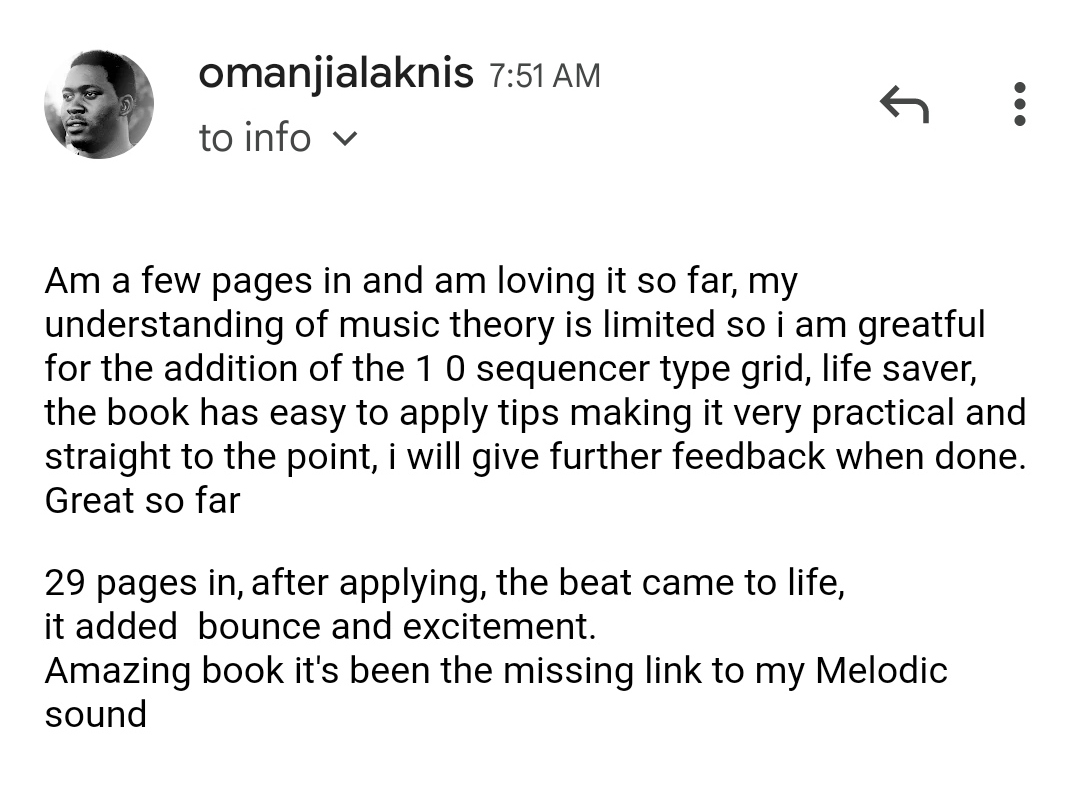
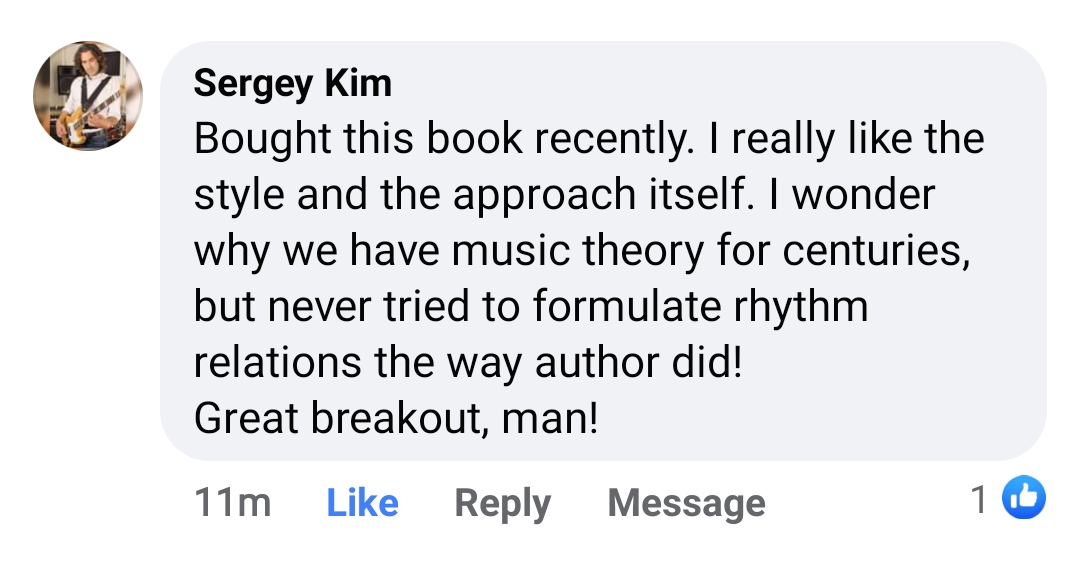
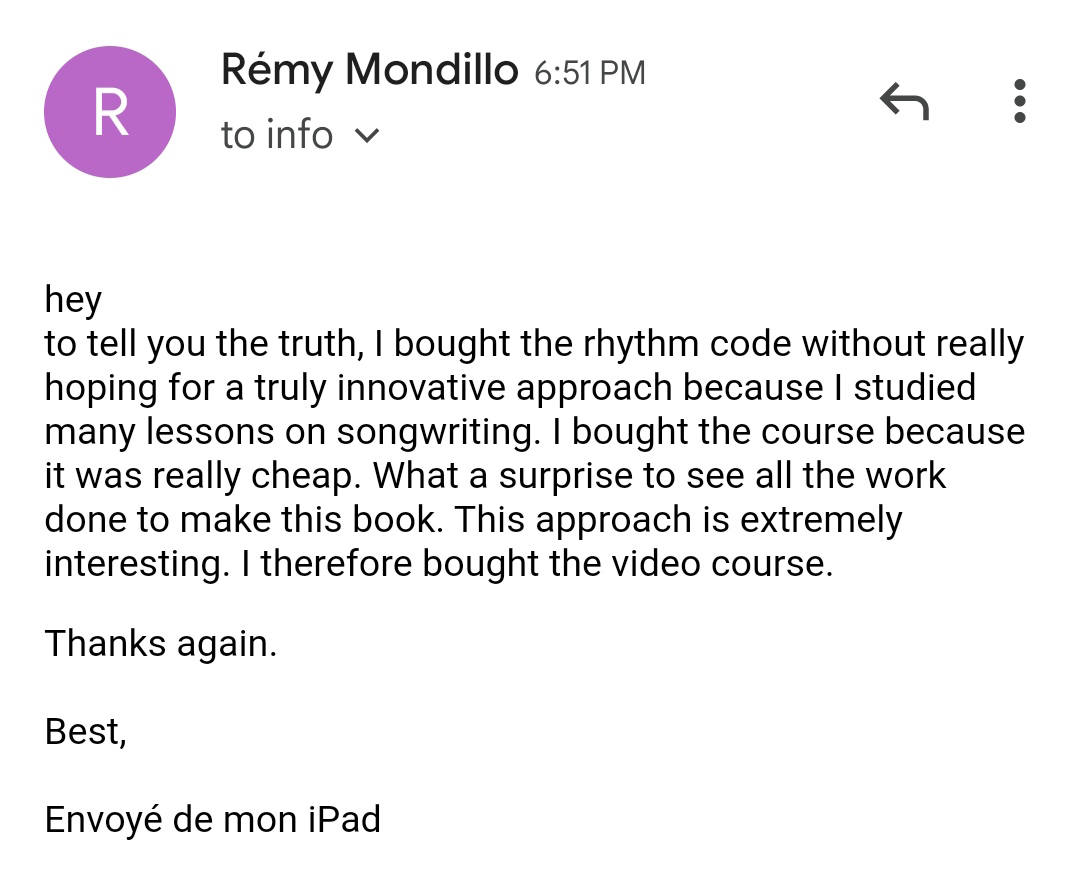
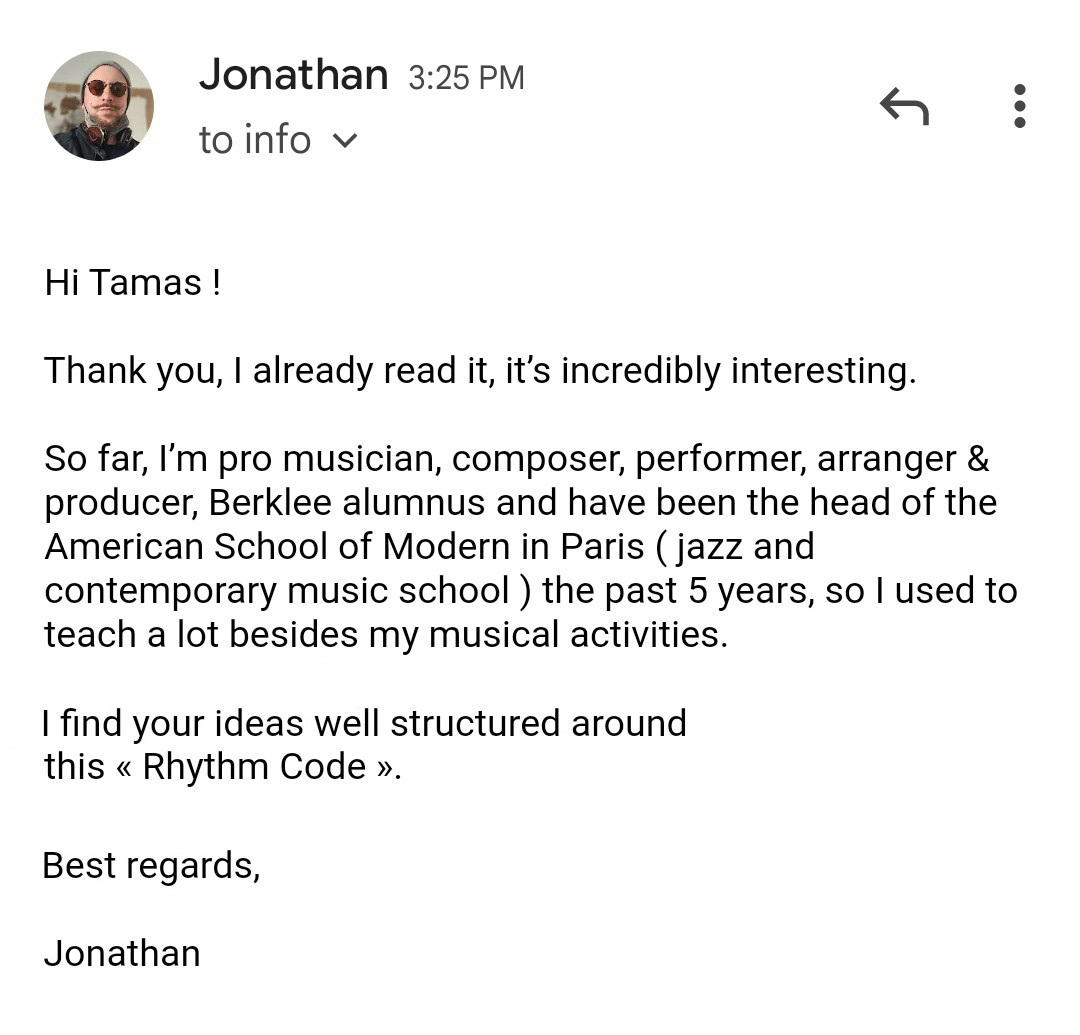
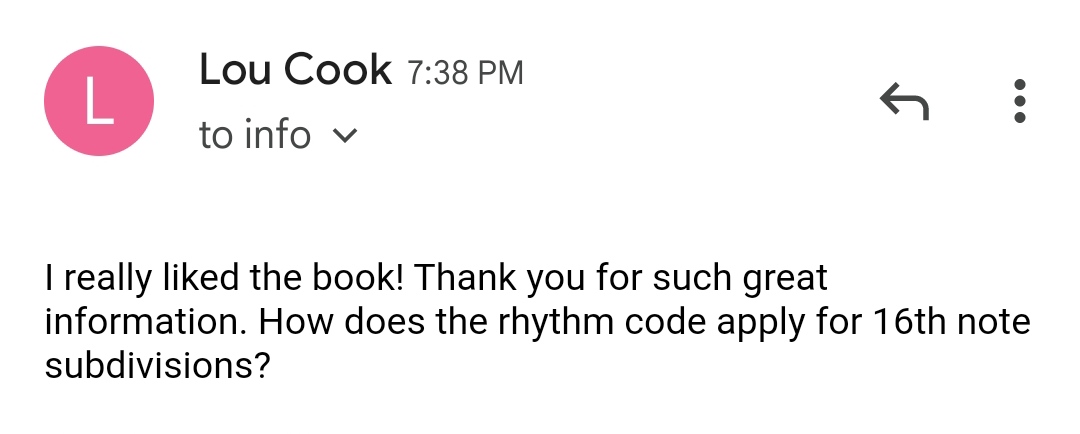
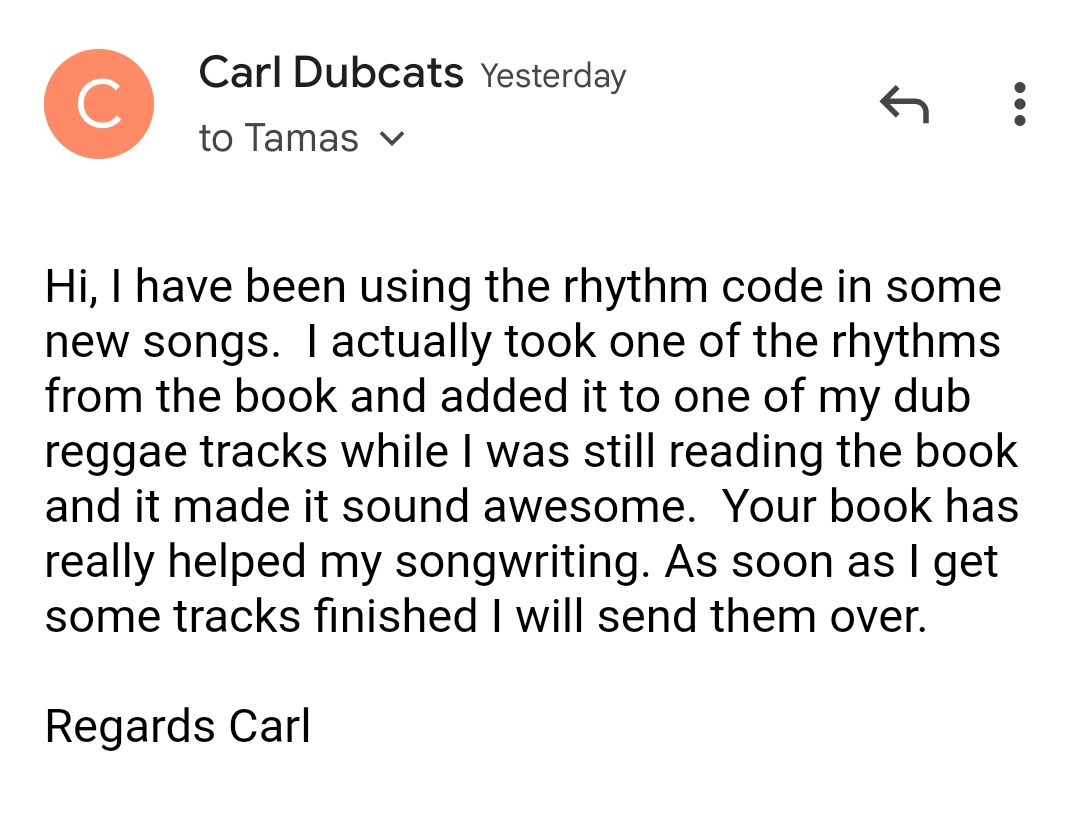
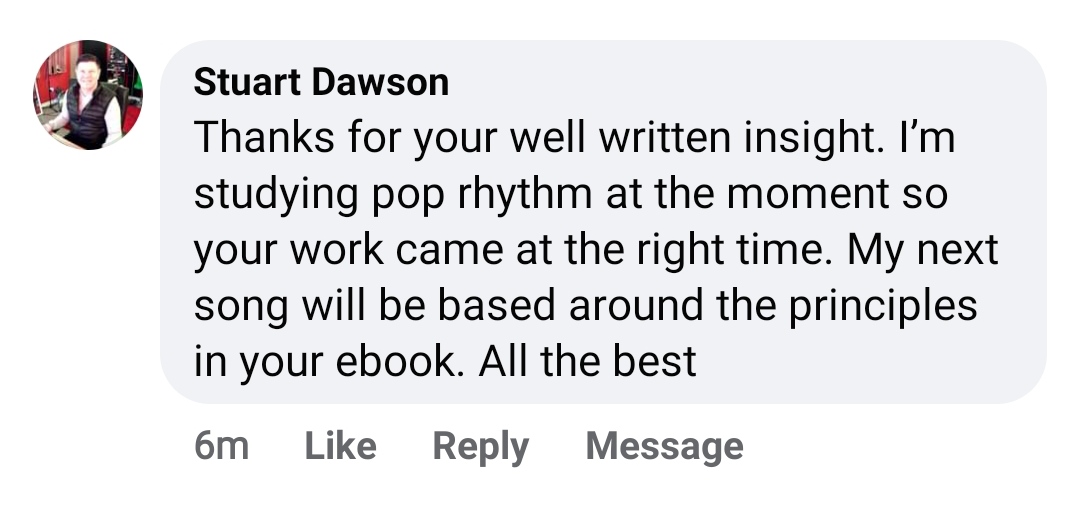
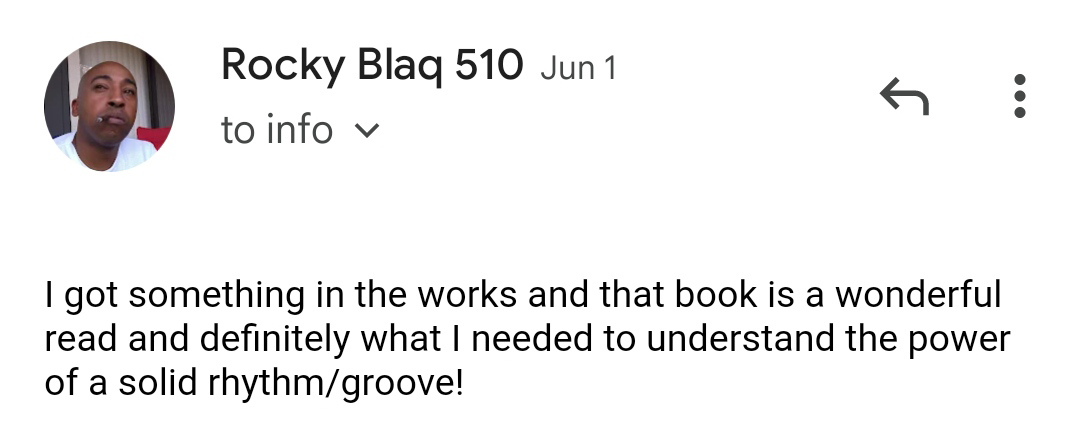
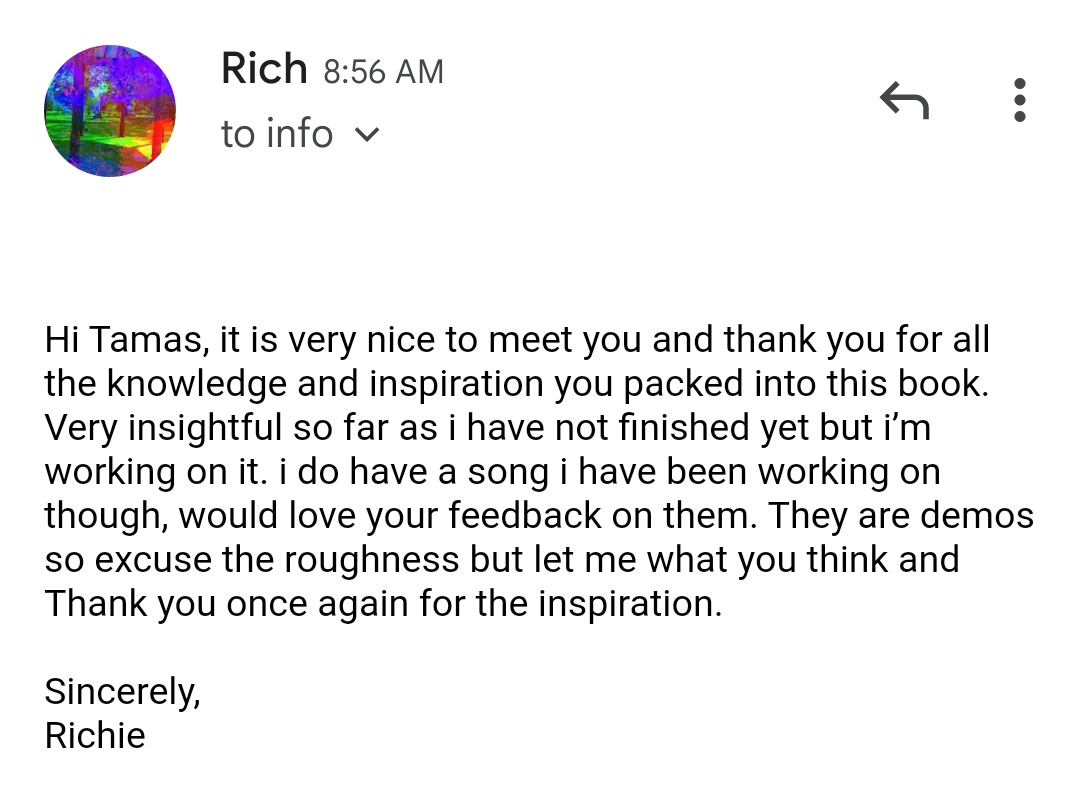
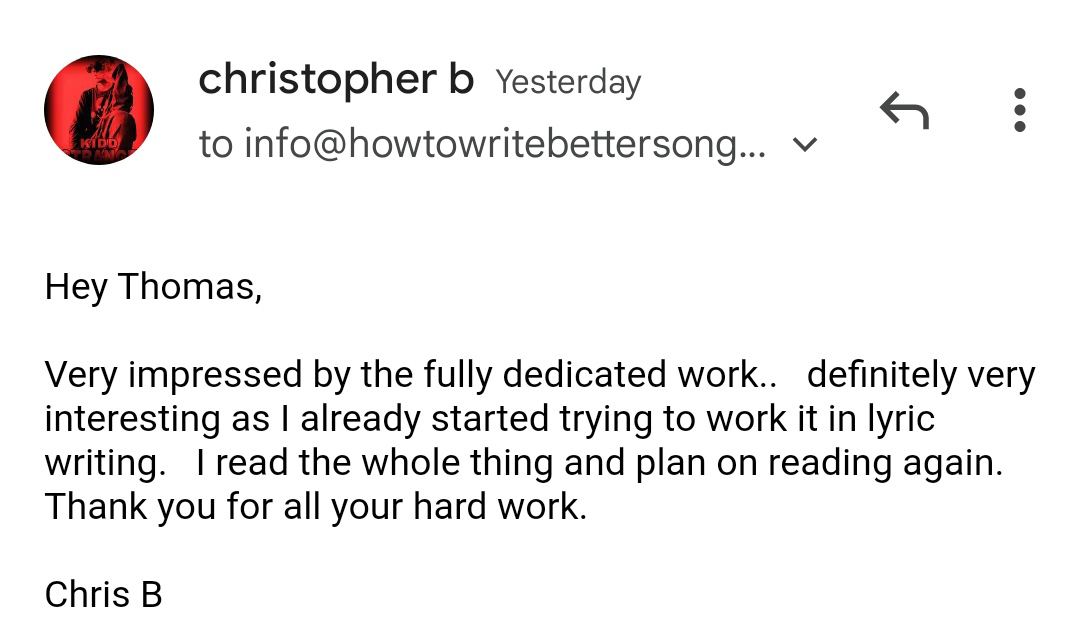
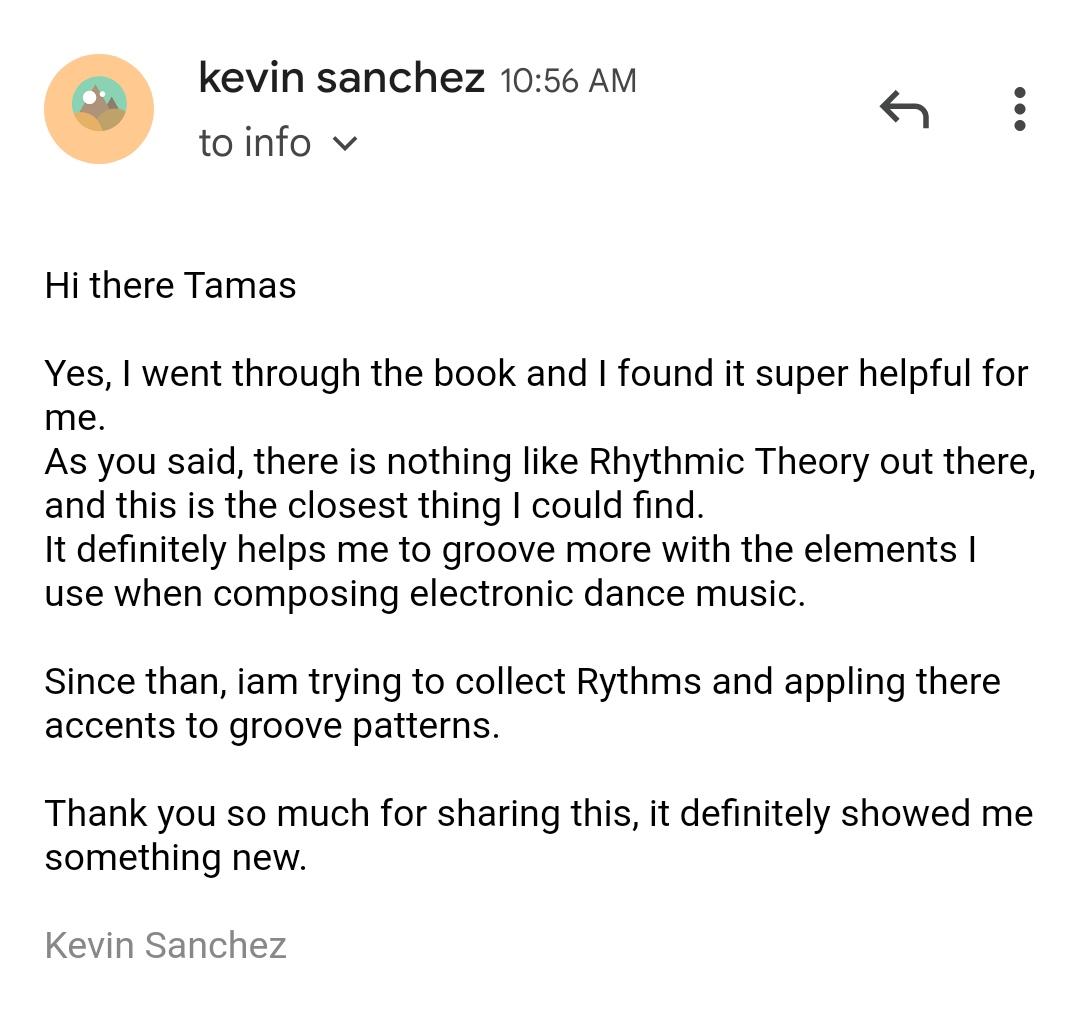
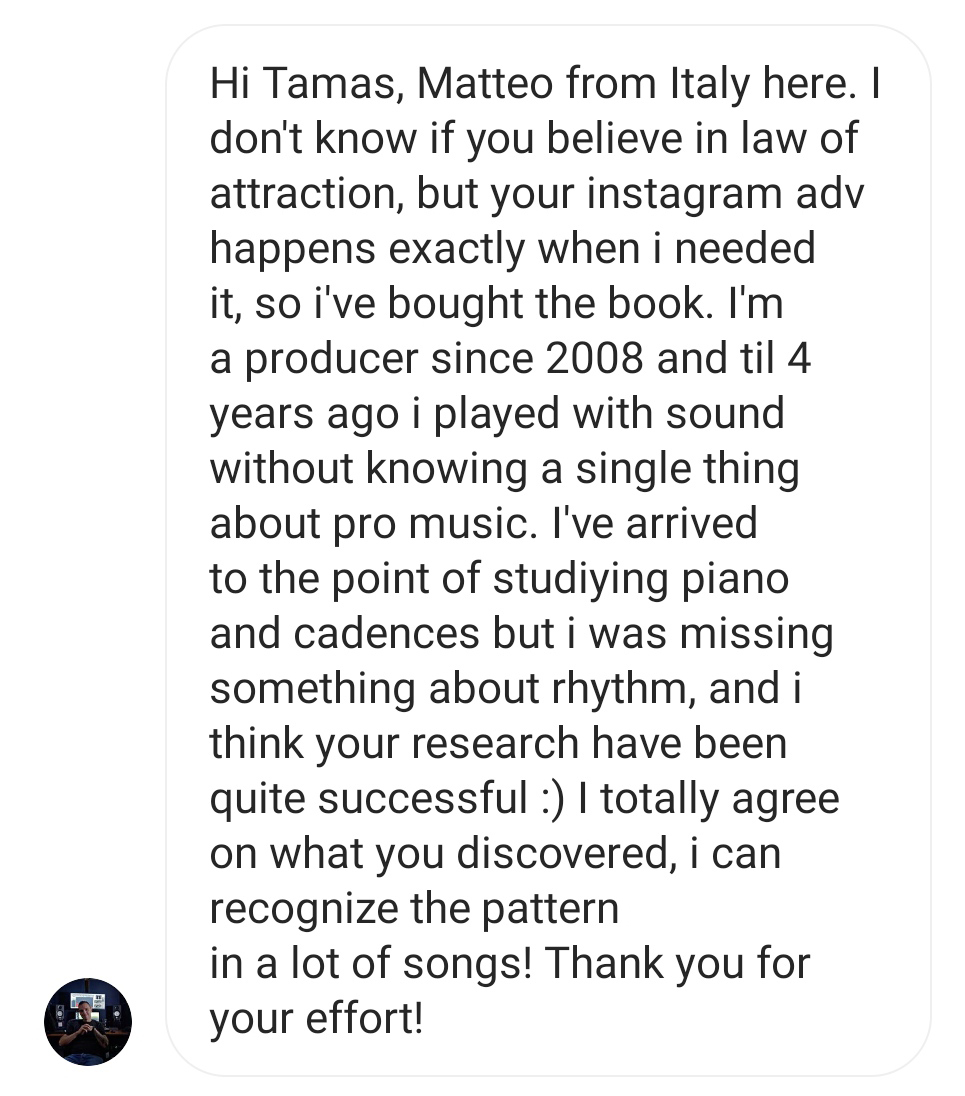
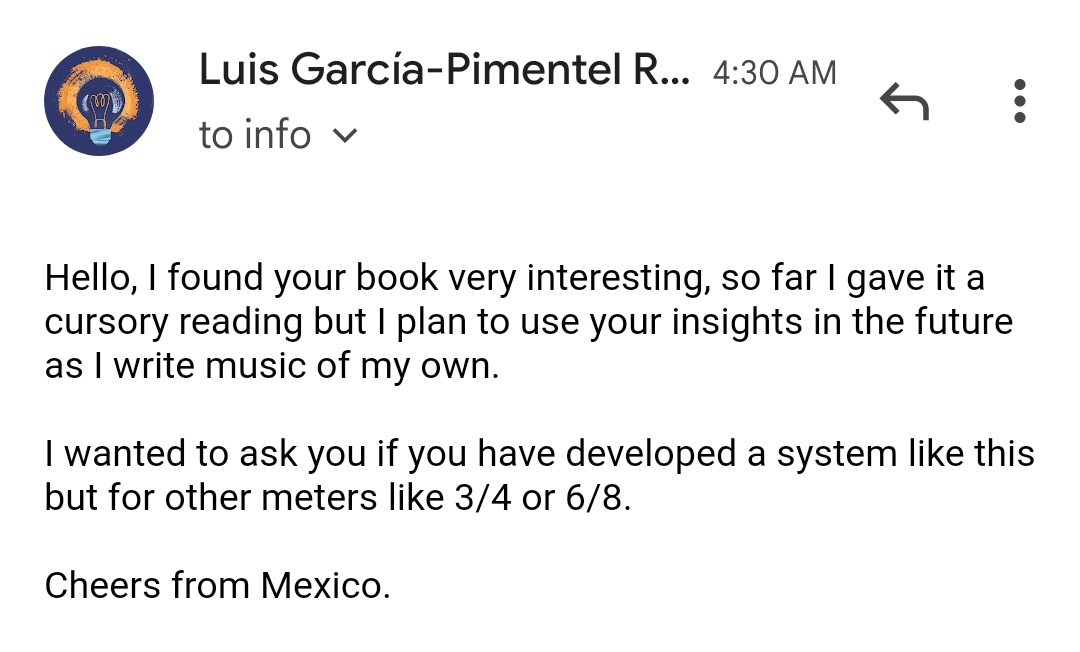
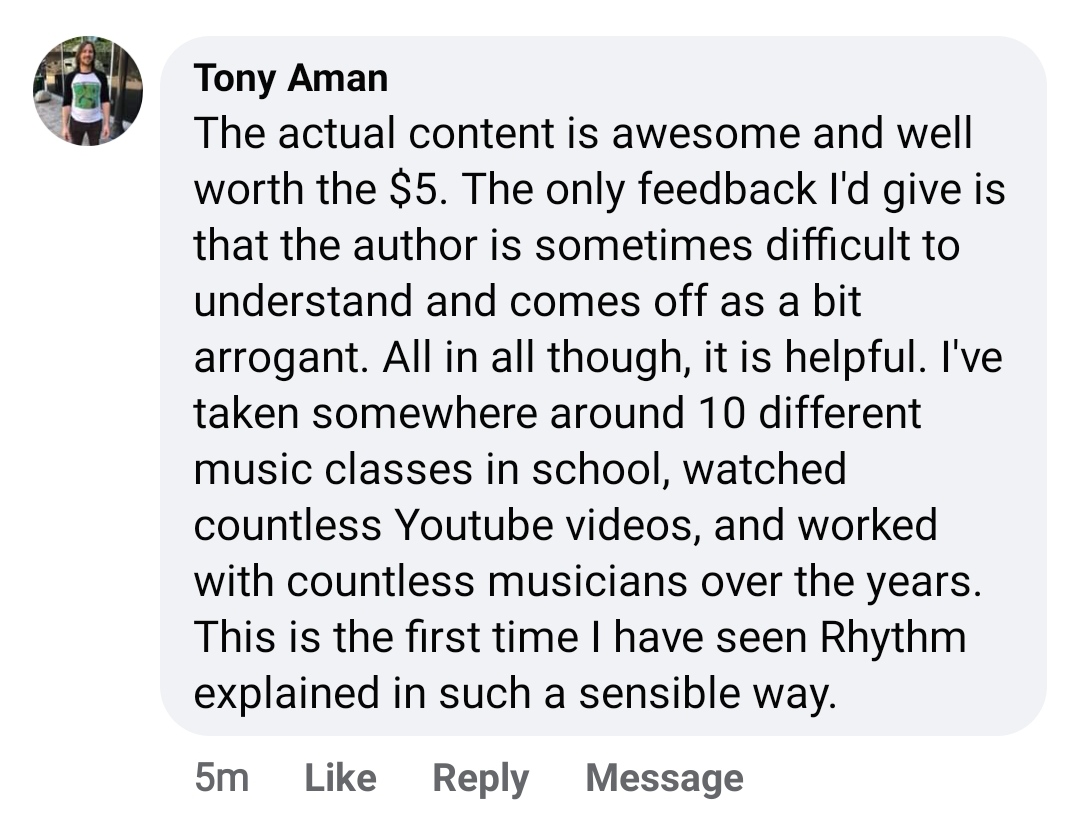

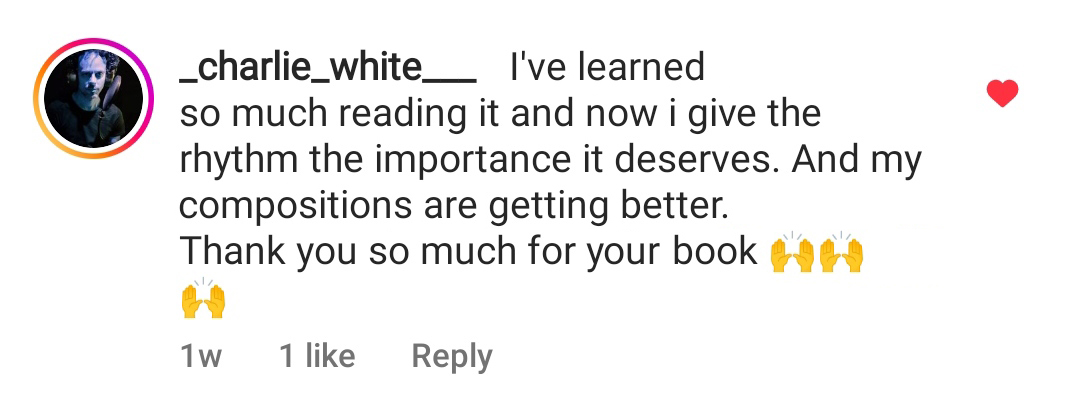
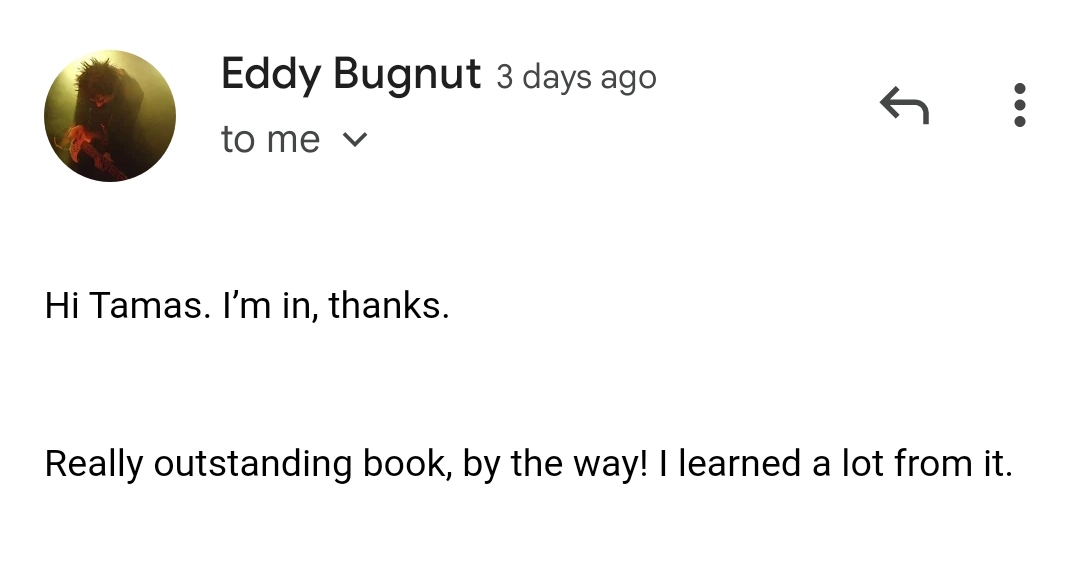
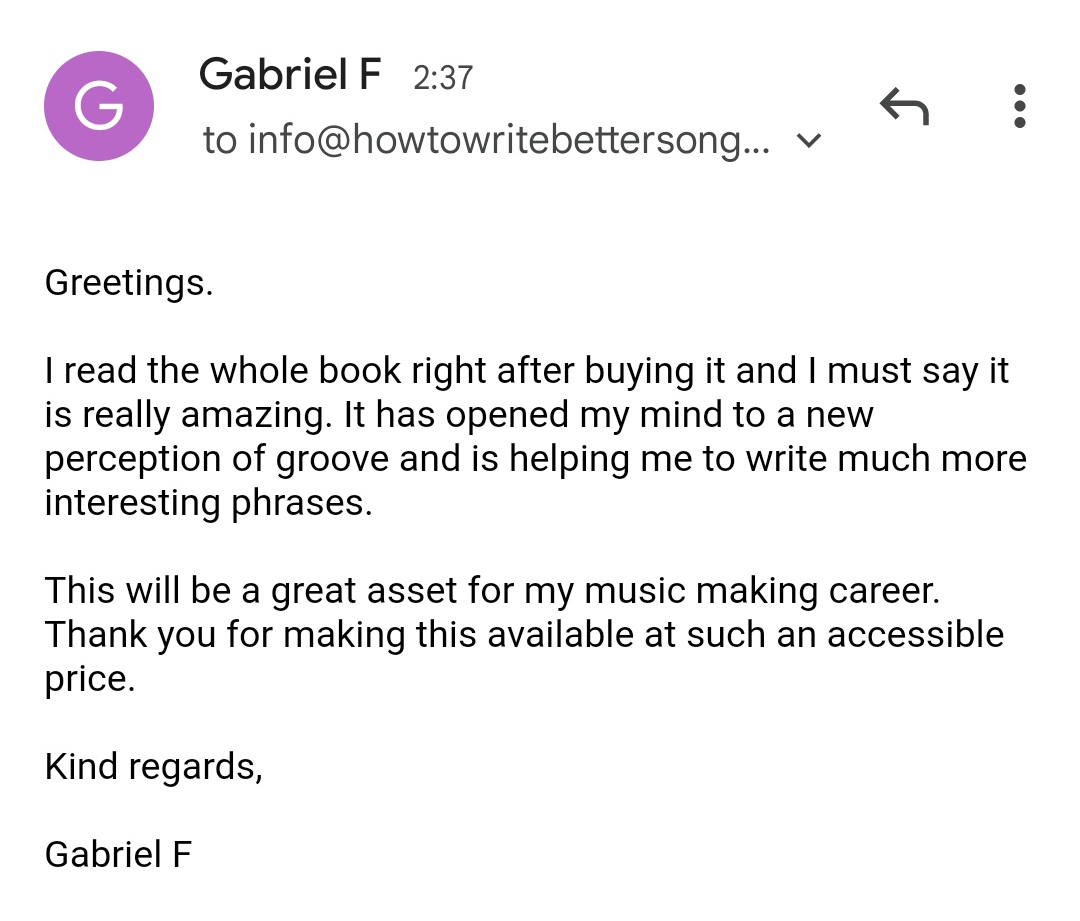
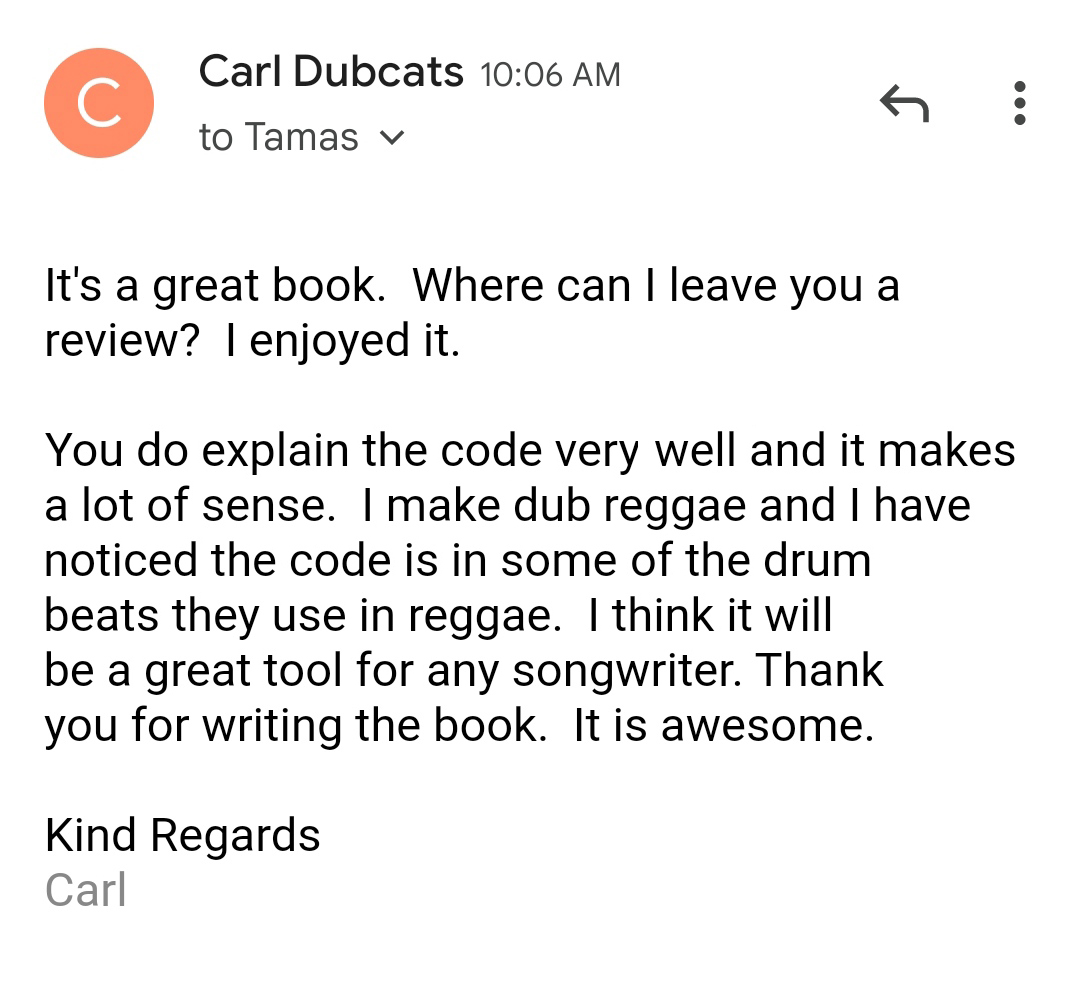
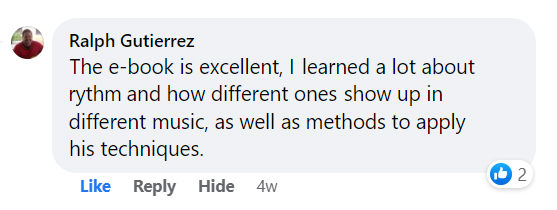
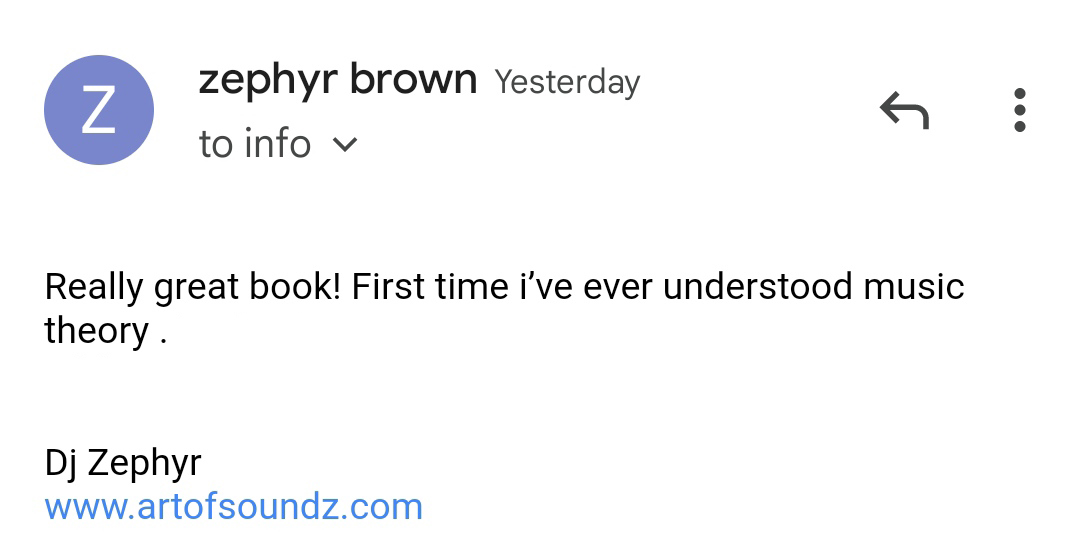
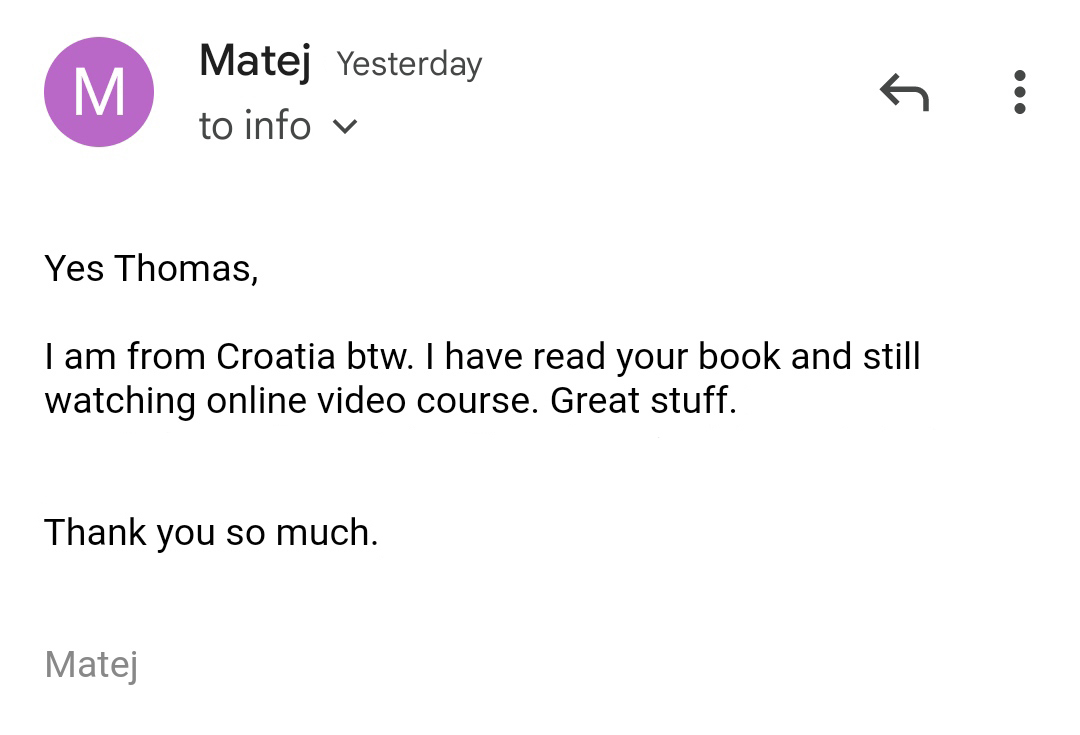




Enter Giveaway
FOR SUPPORT ISSUES OR QUESTIONS, PLEASE EMAIL support@howtowritebettersongs.com
Copyright © 2022 • Tamas Bodzsar • All Rights Reserved